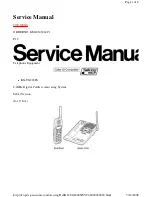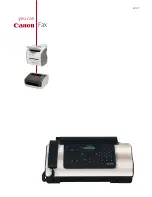
Manual for Model 63Z
Useful skills
Bring the thread take up lever to its
highest position, raise the presser foot and
remove the fabric.
Guide both threads to the side of the face
plate and into the thread cutter. Pull the
threads down to cut them.
Thread cutter
Cutting the thread
1
1
When sewing thin fabrics, the stitching
may become misaligned or the fabric may
not feed correctly. If this occurs, place
thin paper or stabilizer material under the
fabric and sew it together with the fabric.
When you have finished sewing, tear off
any paper in excess.
Stabilizer material or paper
Sewing thin fabrics
1
1
Baste the pieces of fabric together and
then sew without stretching the fabric.
Basting
Sewing stretch fabrics
1
1
The black button on the right side of the
presser foot will lock the presser foot in a
horizontal position if you push it in before
lowering the presser foot. This ensures
even feeding at the beginning of a seam
and helps when sewing multiple layers of
fabric.
Sewing on the heavy fabric
33
Summary of Contents for 63Z
Page 1: ...DE BEDIENUNGSANLEITUNG SEWING MACHINE NÄHMASCHINE AEG 63Z GB INSTRUCTION MANUAL ...
Page 2: ......
Page 72: ......
Page 142: ......
Page 143: ...021H1L0101 EN DE ...
Page 145: ......
















































